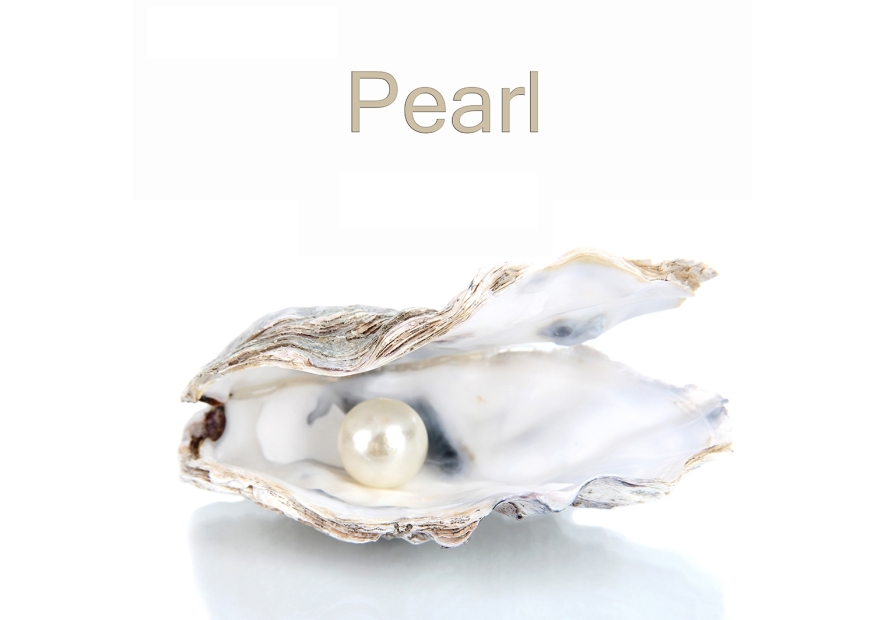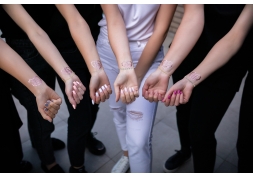The different types of Pearl - Jewelry industry

Life was simpler when the only pearls came from oysters. An oyster was opened and there, like a miracle, was a lustrous and beautiful natural pearl. Like a gift from the heavens. But what is a reality? Today the high-quality pearls available in fine jewelry establishments are called cultured or farmed pearls. The salt water cultured pearls are the most desirable.
Life was simpler when the only pearls came from oysters. An oyster was opened and there, like a miracle, was a lustrous and beautiful natural pearl. Like a gift from the heavens. But what is a reality? Today the high-quality pearls available in fine jewelry establishments are called cultured or farmed pearls. The salt water cultured pearls are the most desirable.
Cultured pearls
Cultured or farmed pearls are formed in pearl oysters and freshwater mussels. These oysters and pearls are farmed. They are in a natural environment, but have been encouraged to create a pearl, by the insertion of an ‘implant’ made from the inner shell of freshwater mollusks and a piece of mantle. Left on their own, only a tiny fraction of these oysters and mussels would create a pearl. The implant that the pearl farmers insert into the mantle or protective membrane, acts as an irritant and the oyster or mussel surrounds the irritant with layers of calcium carbonate, called nacre.
What is Natural pearl?
A natural pearl occurs in an oyster, mussel or other mollusk when a calcareous concretion (nacre) is created to surround an invader, parasite or object. A natural pearl occurs from a wild mollusk with no intervention from artificial means.
What’s the Difference Between Salt Water and Fresh Water Pearls?
Salt water cultured pearls are made from oysters that live in salt water. Fresh water cultured pearls are grown from mussels in fresh water. For example, Japanese Akoya saltwater pearls are usually round. That is the ideal. Chinese freshwater pearls tend to be rice shaped or non-spherical in shape. The luster from freshwater pearl often looks softer and different than the saltwater pearl’s luster.
Akoya, salt water cultured pearls, need to stay in the oyster at least two years in order to attain the beautiful luster and iridescent look. The saltwater oyster can handle the creation of 1 – 2 pearls for each growing cycle. In contrast to the Akoya pearl’s small output, freshwater mussels can handle 40 – 50 pearls per growing cycle.
Saltwater pearls, whether Japanese Akoya, Tahitian, or South Sea Pearls, tend to give a deeper luster and hint of iridescence in comparison to freshwater pearls.
What is shell pearl?
Shell pearls are so called because they are made of shells. They are made in a lab setting from the mother of pearl inner surface of certain seashells. Shell pearls are made using a solid mother of pearl inner base to give them a more realistic weight. Their exterior surface is made using powdered mother of pearl. The process of manufacturing them allows for colors like purple and hot pink to be made uniformly by the thousands. Shell pearls are generally uniform in shape. They can be round, oval or any other shape the manufacturer chooses. They are then coated and baked for a sturdier surface than cultured pearls.
Shell pearls are known for keeping their manufactured color, and to be unaffected by perfumes and sweat. Cultured pearls can be damaged by sweat and perfume.
The uniformity of color and shape are one way that you can tell they are not real. And their smoothness is also a hint.


Comments
Leave your comment